Market Share
Polymer Foam Market Share Analysis
In the competitive landscape of the Polymer Foam Market, companies employ various market share positioning strategies to carve out their niche and maintain a competitive edge. One common approach is differentiation, where companies focus on unique product features or specialized applications to distinguish themselves from competitors. By offering innovative solutions or targeting specific industries such as construction, automotive, or packaging, companies can capture market share by catering to the distinct needs of different customer segments.
Growing demand for the product from rapidly increasing aerospace & defense and automotive industries. Increasing the application of polymer foam in business and construction activities, rising demand in electronics packaging, and growing disposable income are the factors boosting the polymer foam market growth. Rising the application in manufacturing of furniture items like sofas, office chairs, and bean bags are fostering the market growth.
Another strategy involves cost leadership, where companies strive to become the lowest-cost producer in the market. This can be achieved through efficient manufacturing processes, economies of scale, or strategic sourcing of raw materials. By offering competitive prices without compromising on quality, companies can attract price-sensitive customers and gain market share, especially in price-sensitive segments where cost is a primary decision-making factor.
Market segmentation is also a key strategy employed by companies to target specific customer segments with tailored products or services. By understanding the unique requirements of different industries or applications, companies can develop specialized product lines that cater to the specific needs of each segment. This allows companies to effectively penetrate niche markets and capture market share by becoming the preferred supplier for particular applications or industries.
Furthermore, strategic partnerships and collaborations can play a crucial role in market share positioning. By forming alliances with complementary companies or leveraging distribution networks, companies can expand their reach and access new customer segments or geographic markets. Collaborations with research institutions or technology partners can also facilitate innovation and product development, enabling companies to stay ahead of competitors and capture market share in emerging segments.
Brand positioning is another important aspect of market share strategy, where companies seek to build strong brand equity and customer loyalty. By investing in branding initiatives, marketing campaigns, and customer engagement efforts, companies can create a positive perception of their products or services in the minds of consumers. This not only helps in retaining existing customers but also attracts new customers, thereby increasing market share over time.
Additionally, geographical expansion can be a viable strategy for companies looking to increase their market share. By entering new regions or expanding distribution channels, companies can tap into underserved markets and gain a competitive advantage. This may involve setting up manufacturing facilities or establishing partnerships with local distributors to strengthen their presence in key geographic areas.
Lastly, continuous innovation and product development are essential for sustaining market share in the long run. By staying abreast of market trends, technological advancements, and evolving customer preferences, companies can introduce new products or enhancements to existing ones, thereby maintaining their relevance and competitiveness in the market.

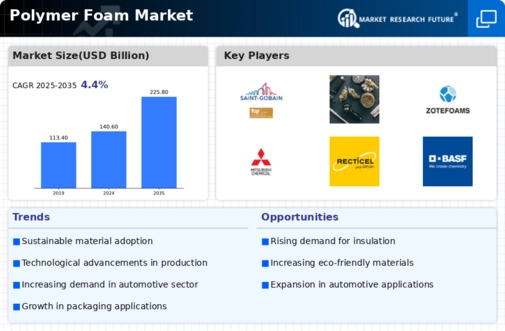
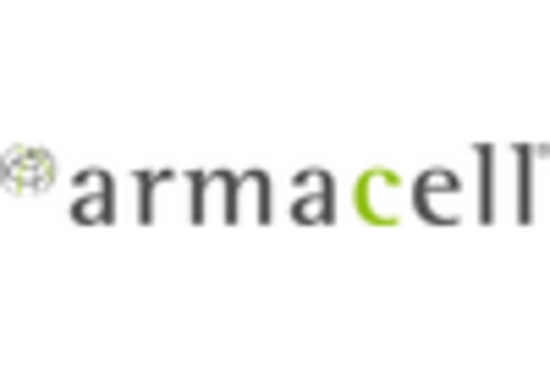

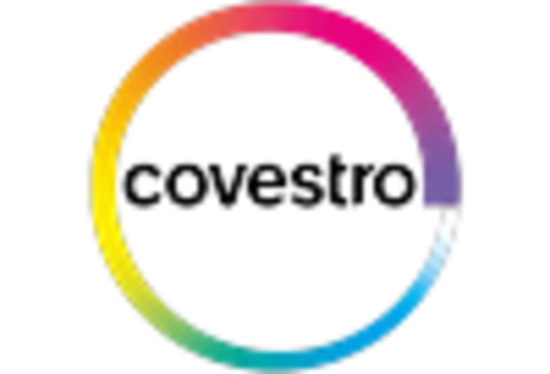
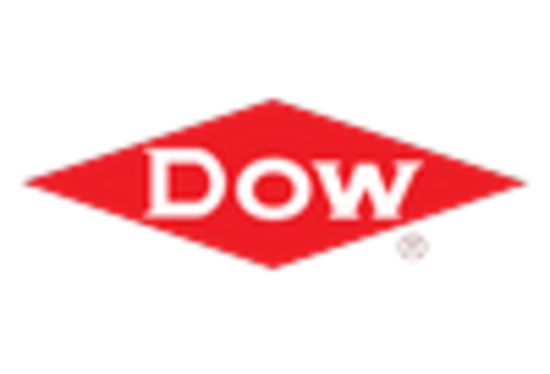
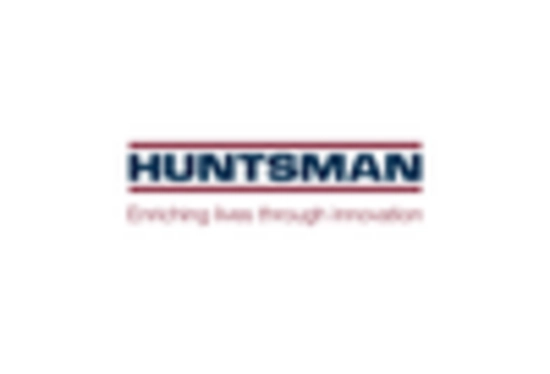
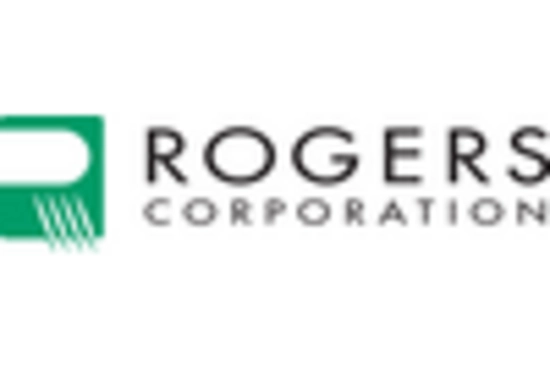









Leave a Comment